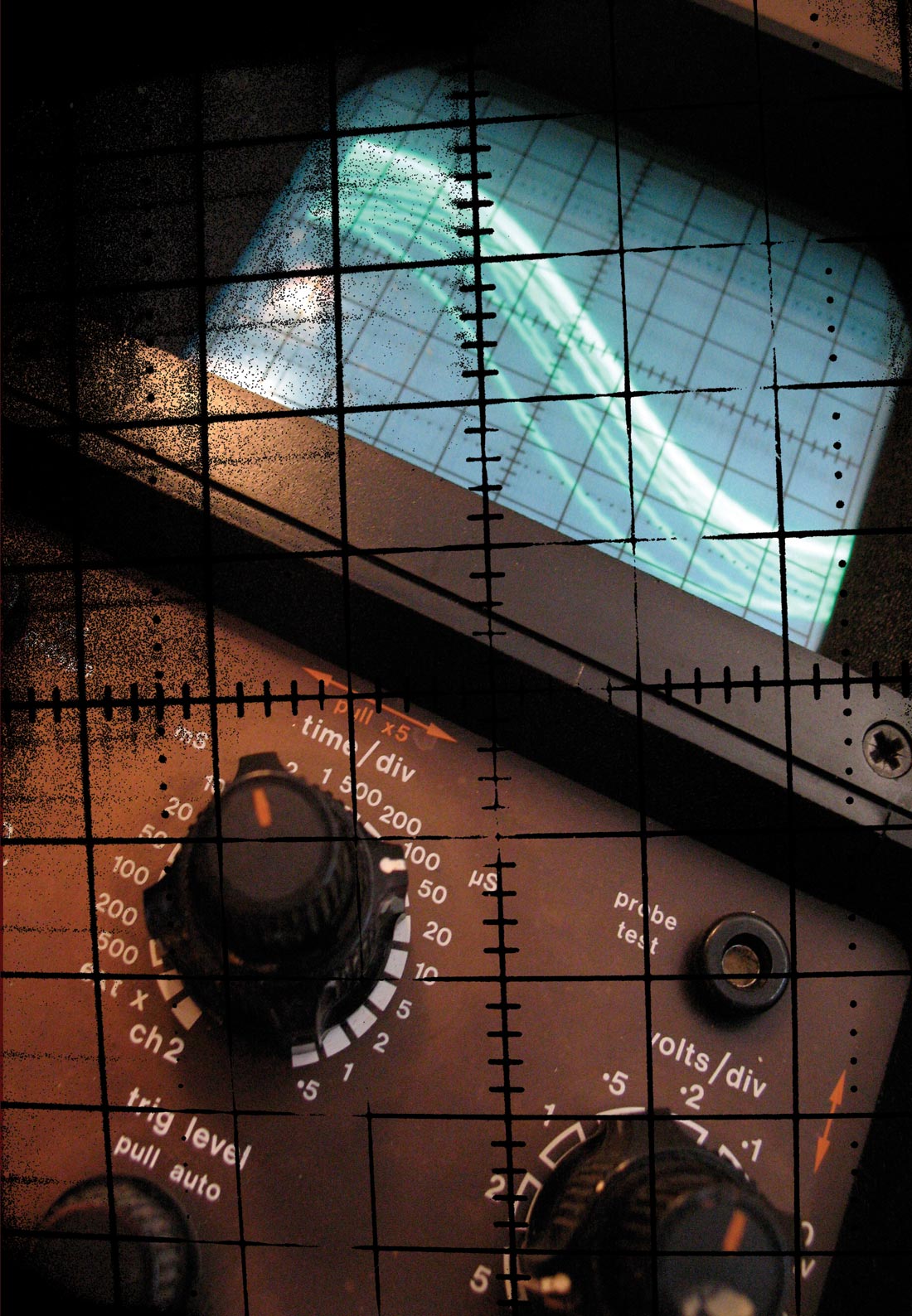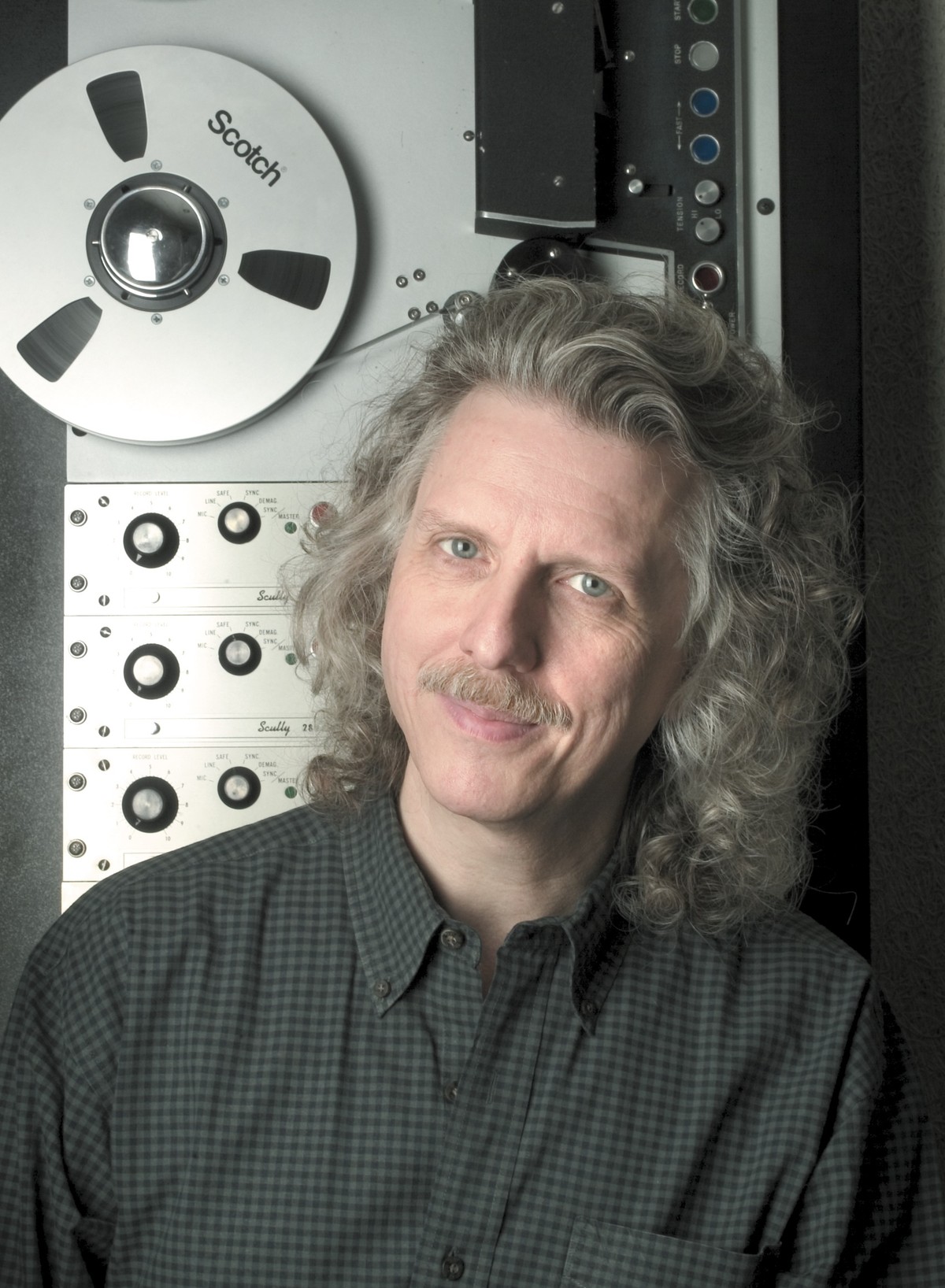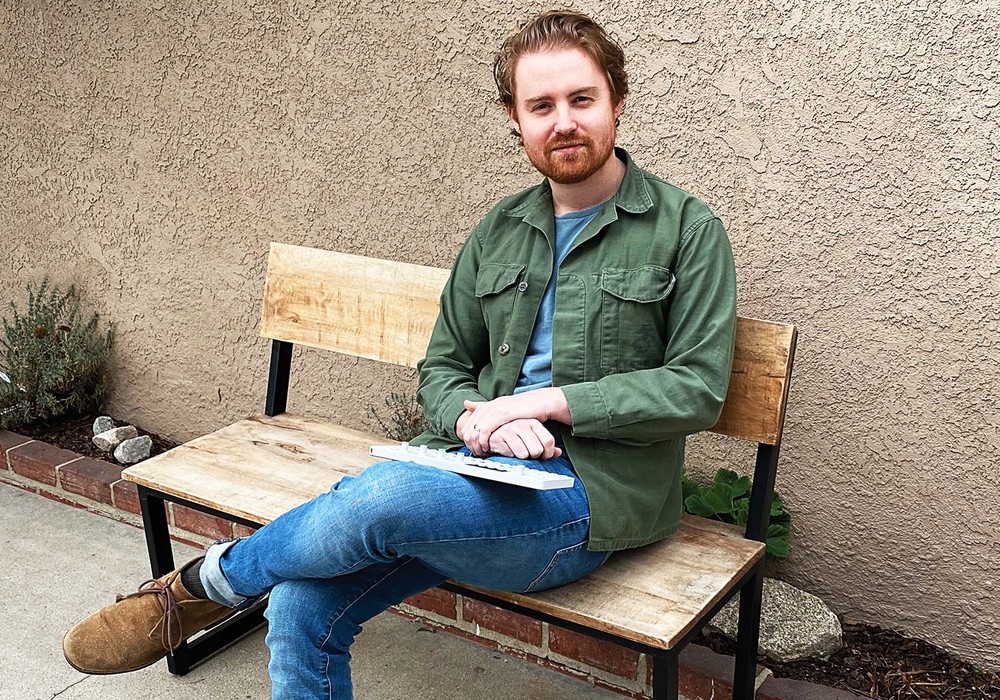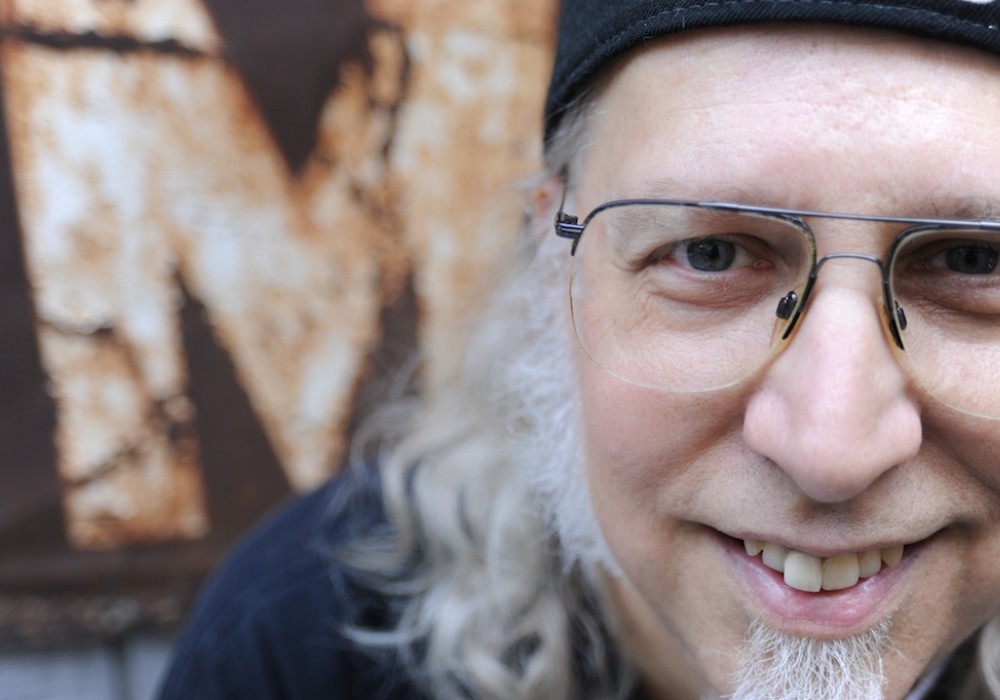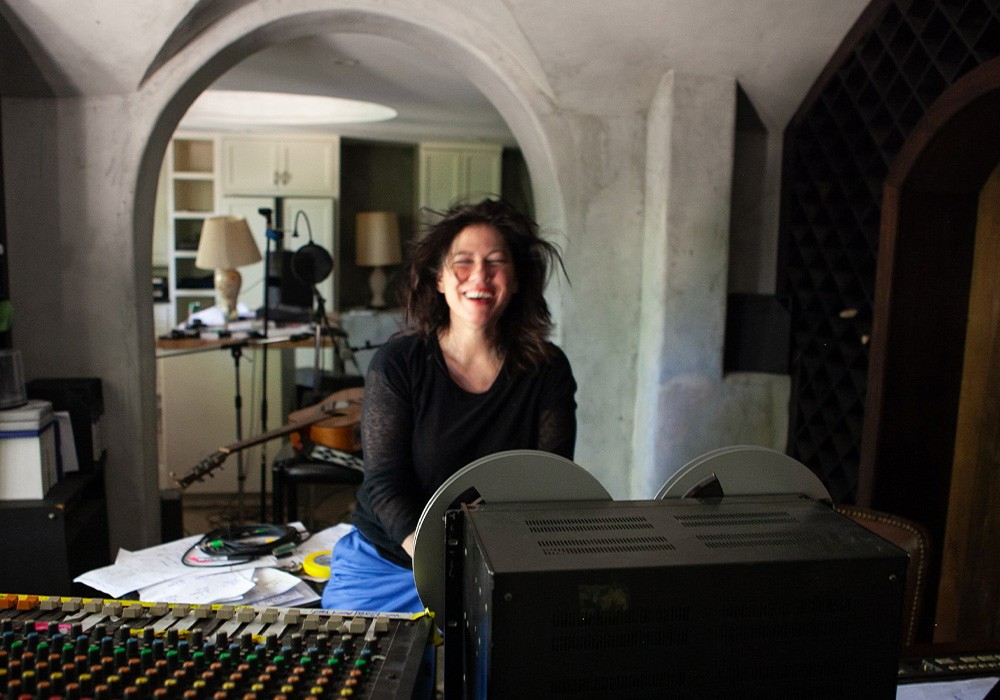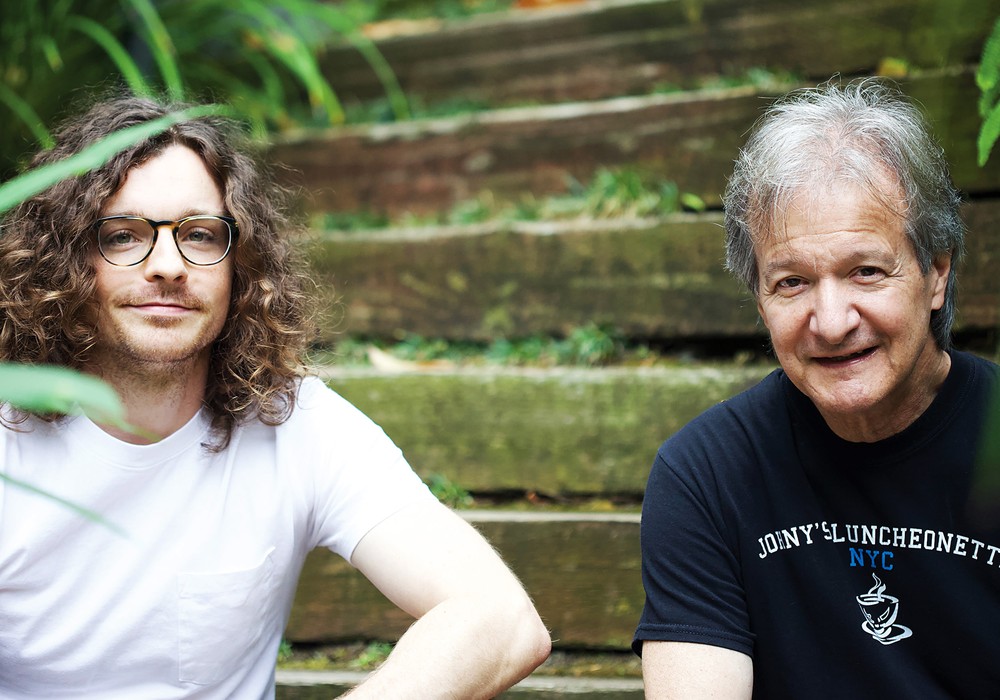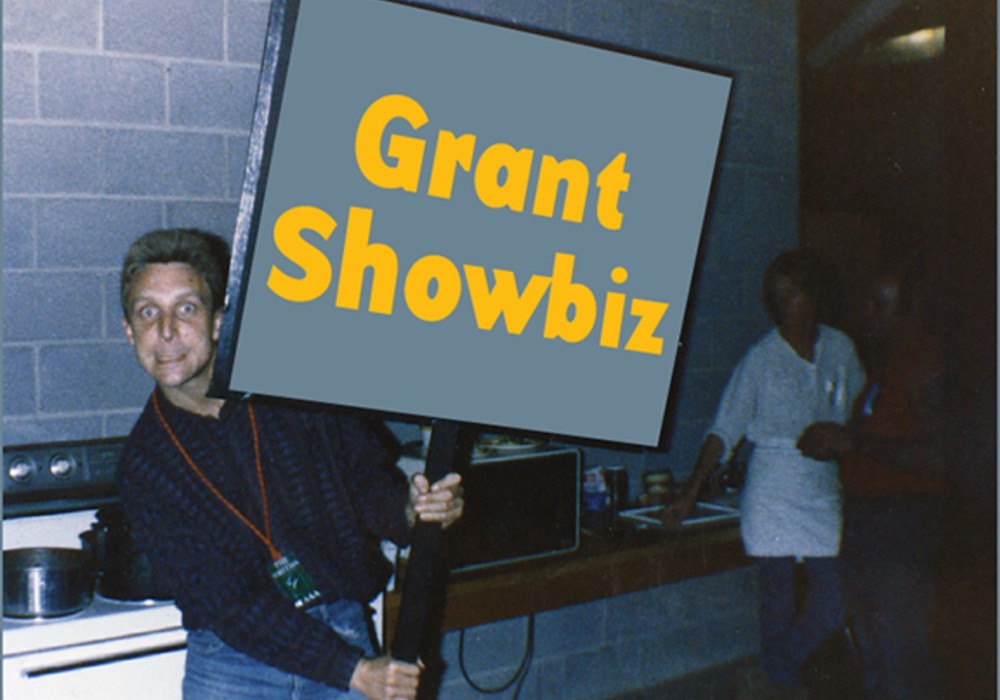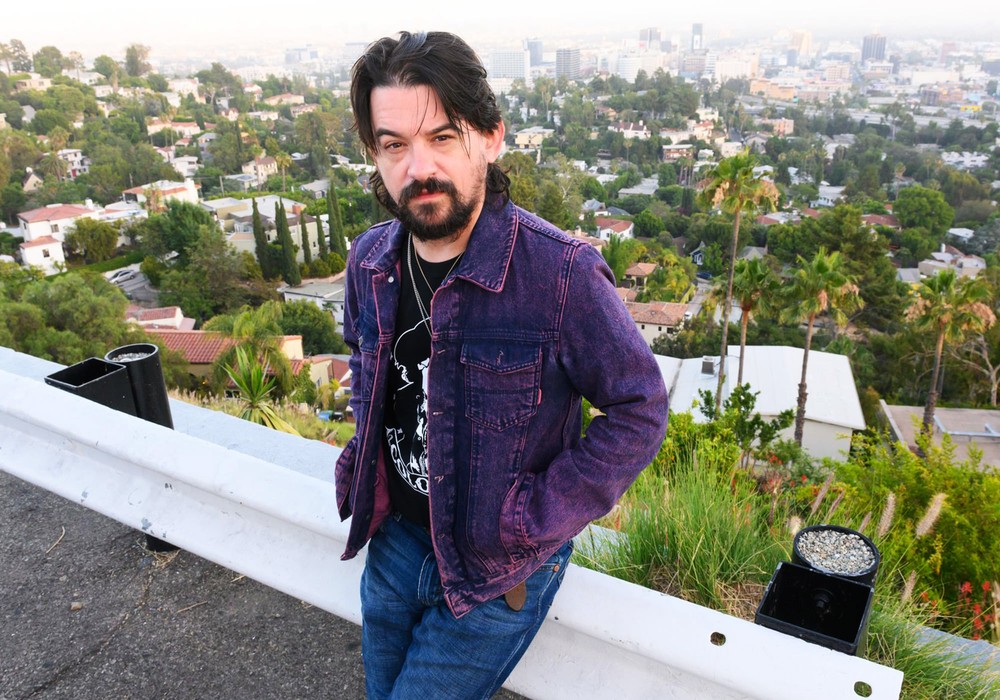If the good men and women of NASA who put the Hubble Telescope together were ever to visit Sonicraft in Freehold, New Jersey, they just may come away ashamed of the shoddy work they'd done. That's because there resides the Sonicraft A2DX (analog-to-digital transfer) lab, built to astonishing specs and capable of what creator Steve Puntolillo calls the "ultimate A/D analog-to-digital transfer." Originally simply a sound maven with extra-sharp ears, Puntolillo became a man who realized that the path to incredible digital audio begins with incredible analog capabilities. Thus began the quest for an obsessive method to transfer that sound from the realm of tape to the realm of bits and sample rates.
What was the pivotal event in starting you on the path of audio engineering?
I heard playback in a studio control room in, I'd guess it was 1968. That was a totally mind-blowing experience for me because I'd never heard what music could sound like straight off tape on a really good monitoring system before. I was like, "Oh my god, it could sound like that?!?"
And what did it actually sound like?
Like nothing I'd ever heard before. I'd only had basic record turntables until then, so to hear the sound of a control room — I just couldn't believe my ears. I was hooked. My primary reason for being in recording studios up to that point was playing drums in them, but once I heard that playback, the music playback system became very important to me. I started trying to build my own speakers, upgrading what I had to listen on, and what began to take over was the whole process of recording, playback and listening to music. It got to the point where it became as important to me to see how you could get a recording and capture that content as it was to play the music itself. That was really a big shift for me. I didn't have a lot of money at the time, so if I wanted to learn how a piece of audio gear worked, I would buy it, hook it up, experiment with it and then I would sell it so I could buy the next piece. It was an empirical process to get from, "What is this stuff? How does it connect and interact?" to the point where I was helping people to wire their studios together. Later I was working with a company called Audiotechniques, which at the time was NYC's premier pro audio dealership, and I got to the point where I was spec'ing out entire recording studios. Eventually I started a studio with some friends. I moved on from that, but it was a good engineering experience, with bands moving in and out constantly.
Didn't you drop out of audio engineering entirely for a while?
I was a little bit burned out after I got out of the studio. The LinnDrum came out and then MTV and I said, "I don't really know if I want to do this." You could see where MTV took music, and the LinnDrum was the start, to me, of programmed music. I decided to do something else entirely, and I got out of pro audio and into computers, where I ramped up really, really quickly and started building graphics systems. Eventually, I did sales, marketing and PR for a computer graphics software company. But, after some pretty decent success with all that, I did an executive bailout, because I wanted to go back into audio. While I was doing all this computing, great sound and listening to music had become my hobby. In this room [now the Sonicraft studio] were a pair of Urei 813 monitors, some couches and an outrageous listening environment. It was my no-stress zone. But that also started an inquiry: With the advent of audio CDs, there was no excuse, in my mind, why the sound of a recording shouldn't be the same as it was in the control room. Before that, vinyl intrinsically changed the sound of the recording — I don't care who mastered it, vinyl sounds different from tape playback. They're just not the same, and I prefer tape playback. With CDs, they're transferring the masters right onto CD — I should hear just what the control room engineer heard. But a lot of times in my "control room" environment, CDs sounded dead, or cloudy or grainy and nasty. This started a search for me: I had to learn all about digital audio to find out why some CDs sounded good and others didn't.
That's a deep question.
Yeah! This was in 1995 or so, and a huge help was Bob Katz's Digital Domain website [www.digido.com]. I started to say, "I don't like the way these CDs sound, so I want to fix them." So I started capturing CDs back into the computer...
